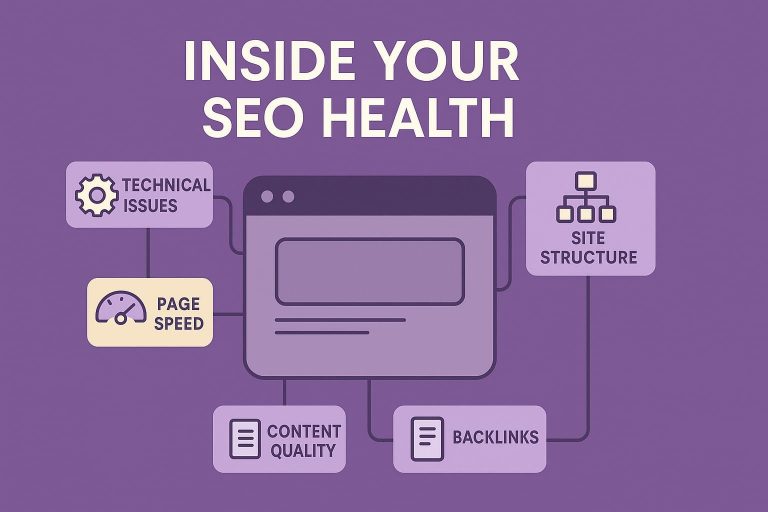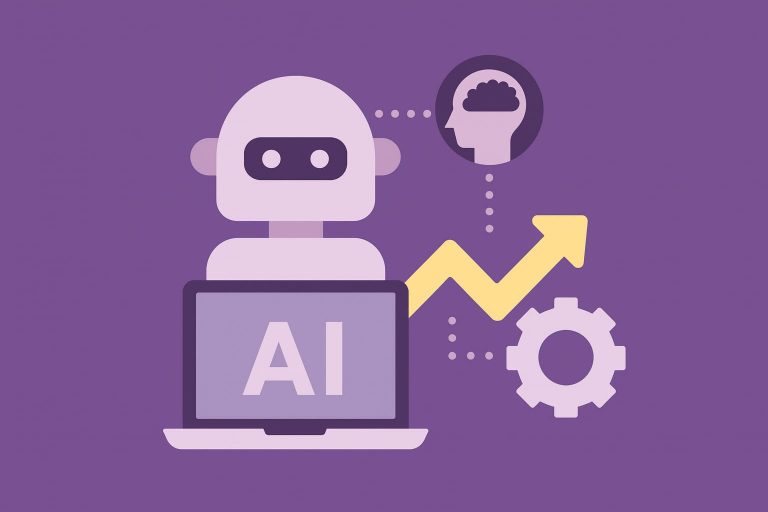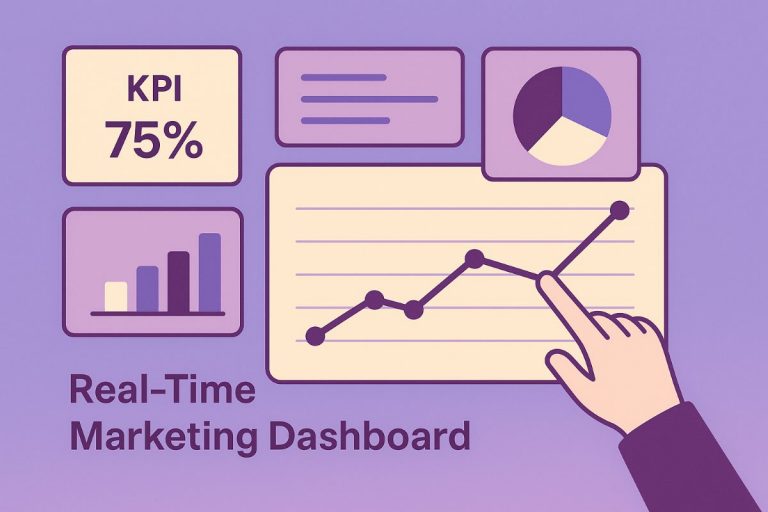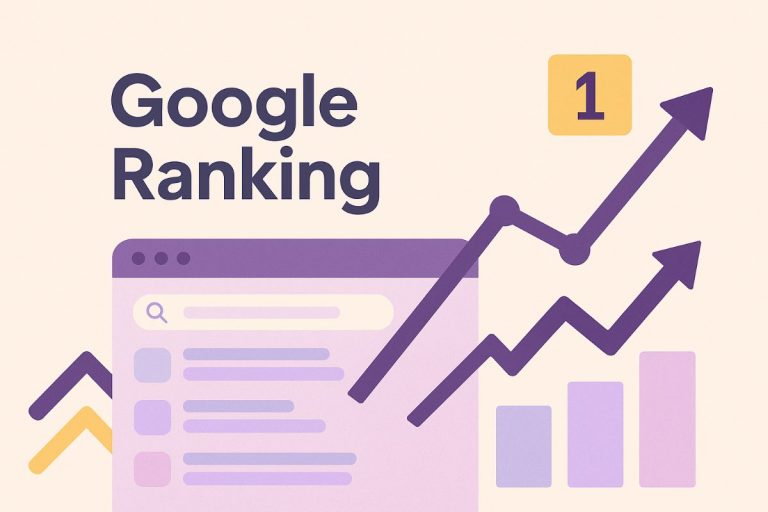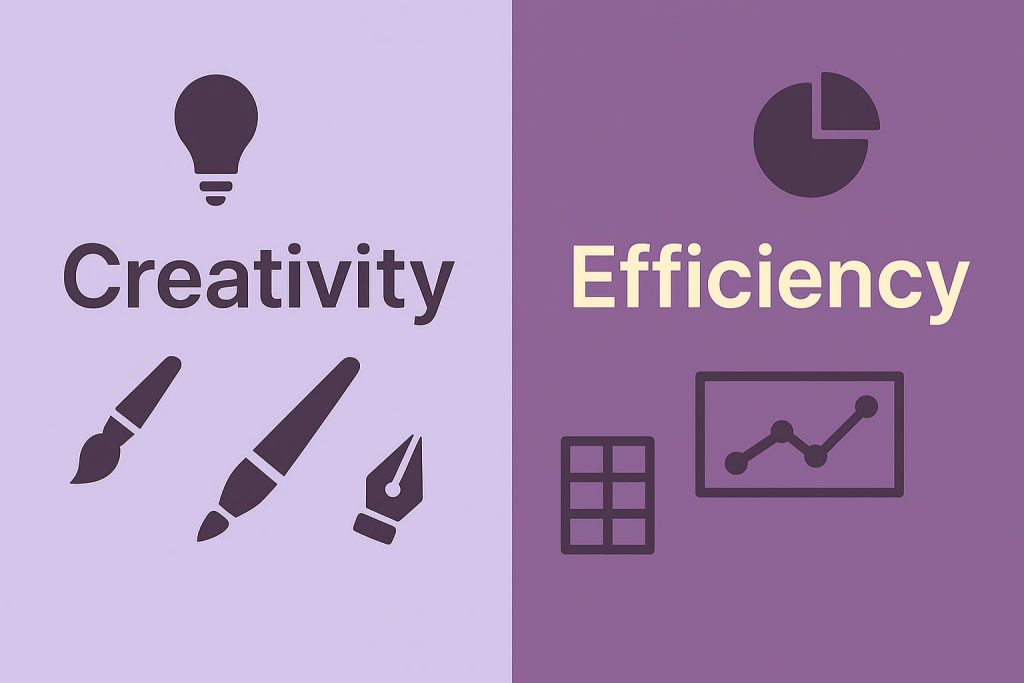
- Understanding Content Automation: Definitions and Core Concepts
- Why Content Automation Matters for Enterprise Marketing
- Content Automation in Action: Key Applications for Digital Marketing
- Building Your Content Automation Framework
- Maintaining Quality and Brand Voice in Automated Content
- Best Practices for Implementing Content Automation
- Measuring the Impact of Your Content Automation Strategy
- The Future of Content Automation
- Conclusion: Your Content Automation Roadmap
- FAQ
Your marketing team spends 80% of their time on repetitive tasks — scheduling social posts, formatting blog content, sending follow-up emails. Meanwhile, your competitors are publishing twice as much content and generating three times the leads. The difference? They’ve embraced content automation.
Understanding Content Automation: Definitions and Core Concepts
In today’s digital landscape, content automation has become the cornerstone of efficient marketing strategies. But what exactly does it mean, and how can it transform your content creation process?
What is Content Automation?
Content automation refers to the strategic use of technology and AI to streamline, optimize, and scale your content workflow. It encompasses everything from automated content creation and distribution to performance tracking and optimization. Think of it as your digital assembly line — where artificial intelligence and smart tools handle repetitive tasks while your team focuses on strategy and creativity.
Rather than replacing human input, content automation platforms enhance your team’s capabilities. They eliminate manual bottlenecks in your content management system, allowing for faster production cycles and more consistent output across all marketing automation platforms.
Common Misconceptions About Content Automation
Let’s address the elephant in the room: the myths surrounding AI content generation that might be holding your team back.
- “Automation kills creativity” – Reality: AI content tools amplify human creativity by handling routine tasks, giving your team more time for strategic thinking and creative ideation
- “It produces generic, low-quality content” – Reality: Modern artificial intelligence systems maintain high content quality standards while allowing for customization and brand voice preservation
- “It’s too complex for our team” – Reality: Today’s content automation solutions are designed for accessibility, with intuitive interfaces that require minimal technical expertise
- “We’ll lose control over our messaging” – Reality: Automation myths aside, you maintain complete editorial oversight while gaining unprecedented scalability
- “It’s only for large enterprises” – Reality: Businesses of all sizes can leverage automation tools to compete effectively in their markets
Why Content Automation Matters for Enterprise Marketing
The numbers tell a compelling story about automation’s importance in modern marketing. Companies using automated content marketing report an average 53% increase in content ROI and 14.5% boost in sales productivity. But the benefits extend far beyond these metrics.
Workflow efficiency gains translate directly to competitive advantage. When Lead Craft implemented comprehensive automation strategies for enterprise clients, we’ve seen qualified organic traffic increase by 340% within the first year. This isn’t about working harder — it’s about working smarter through strategic content automation.
Efficiency and Productivity Gains
Content workflow automation delivers immediate impact on your team’s productivity metrics. Instead of spending hours on manual scheduling and distribution, your team can focus on high-value activities that drive business growth.
Consider this: the average marketer spends 16 hours per week on routine content tasks. Workflow efficiency improvements through automation can reclaim 60-70% of that time. That’s nearly 10 hours weekly redirected toward strategy, analysis, and creative development. These time savings compound across your organization, enabling faster campaign launches and more agile resource allocation.
Scaling Content Production Without Proportional Resource Investment
Scalable content production represents the holy grail of modern marketing — more output without linear cost increases. Through automated workflow systems, businesses achieve exponential content growth while maintaining lean teams.
A SaaS client of ours scaled from 20 to 200 pieces of monthly content without adding headcount, simply by implementing smart resource optimization strategies. This growth strategy leveraged automation to handle formatting, distribution, and initial optimization, allowing their existing team to focus on content strategy and quality control.
Data-Driven Decision Making
Data-driven content strategies powered by automation provide unprecedented insights into performance analytics. Every piece of content becomes a data point, feeding into your broader content strategy optimization efforts.
Automated content optimization tools continuously analyze engagement metrics, conversion paths, and user behavior patterns. This real-time intelligence enables rapid pivots and strategic adjustments. When performance metrics indicate a particular topic resonates with your audience, your content optimization engine can immediately prioritize similar themes, maximizing impact while minimizing wasted effort.
Content Automation in Action: Key Applications for Digital Marketing
The versatility of AI content generation extends across every marketing channel, with practical applications that deliver immediate value. From social media to email marketing to SEO, automation transforms how teams execute their strategies.
Modern marketing automation platforms integrate seamlessly with existing tech stacks, creating unified ecosystems where data flows freely and insights emerge naturally. Let’s explore how leading brands leverage these capabilities across different channels.
| Content Type | Automation Potential | Recommended Tools | Expected Outcomes |
|---|---|---|---|
| Blog Posts | 70-80% automatable | Jetpack AI Assistant, WordPress plugins, GPT-based tools | 3x content output, 40% time savings, consistent publishing schedule |
| Social Media Posts | 85-90% automatable | Buffer, Hootsuite, SocialPilot, CoSchedule | 5x posting frequency, 60% engagement increase, 24/7 presence |
| Email Newsletters | 75-85% automatable | Mailchimp, HubSpot, ActiveCampaign | 45% higher open rates, 2x click-through rates, personalized at scale |
| Product Descriptions | 65-75% automatable | AI writing tools, content management systems | 10x faster creation, consistent brand voice, SEO-optimized |
| Landing Pages | 60-70% automatable | WordPress builders, A/B testing tools | 35% conversion improvement, faster iterations, data-driven optimization |
| SEO Meta Content | 90-95% automatable | SEMrush, Ahrefs, Moz | 100% coverage, keyword-optimized, improved search rankings |
| Video Scripts | 50-60% automatable | AI script generators, template tools | 2x production speed, consistent messaging, repurposable content |
| Case Studies | 40-50% automatable | Template systems, data aggregation tools | Standardized format, faster turnaround, highlight key metrics |
Social Media Content Automation
Social media automation goes beyond simple scheduling tools. Today’s platforms enable sophisticated engagement strategies that maintain authenticity while maximizing reach and impact.
Buffer, Hootsuite, SocialPilot, and CoSchedule offer advanced features for managing social content across Facebook, Instagram, X (formerly Twitter), Pinterest, LinkedIn, and TikTok. These tools analyze optimal posting times, suggest content variations, and even generate platform-specific captions using AI. The key is maintaining your brand voice while leveraging automation for consistency and scale.
Email Marketing Automation
Email marketing automation has evolved far beyond basic drip campaigns. Modern email workflows incorporate behavioral triggered emails and personalization at scale that would be impossible to manage manually.
Platforms like Mailchimp, HubSpot, ActiveCampaign, and Campaign Monitor enable sophisticated segmentation and dynamic content insertion. These systems track user interactions, automatically adjusting messaging based on engagement patterns. The result? Higher open rates, better conversions, and stronger customer relationships—all while reducing manual effort by up to 80%.
SEO Content Optimization and Distribution
SEO workflow automation revolutionizes how teams approach search performance. Automated keyword research tools like SEMrush, Ahrefs, Moz, and Google Keyword Planner continuously identify new opportunities while tracking competitor movements.
Integration with Google Analytics provides real-time performance data, enabling automatic content adjustments based on search trends. Google algorithms reward fresh, relevant content, and automation ensures your pages stay optimized without constant manual intervention. This systematic approach to SEO drives sustainable organic growth while freeing your team to focus on strategic initiatives.
Building Your Content Automation Framework
Creating a robust content automation software infrastructure requires thoughtful planning and strategic execution. The most successful implementations follow a structured approach that aligns automation strategy with business objectives.
At Lead Craft, we’ve guided over 150 companies through digital transformation, generating 50,000+ monthly leads across 120+ complex projects. Our experience shows that successful content workflow automation isn’t about implementing every available tool — it’s about choosing the right combination for your specific needs and executing a phased rollout that ensures adoption and delivers measurable results from day one.
Auditing Your Current Content Processes
Begin your automation journey with a comprehensive content audit of existing workflows. This workflow analysis reveals automation opportunities hiding in plain sight and provides the foundation for strategic transformation.
Map every step in your current process evaluation, from ideation to publication. Identify repetitive tasks, approval bottlenecks, and areas where human error creates delays. Document time spent on each activity and calculate the true cost of manual processes. This data becomes your baseline for measuring automation impact.
Setting Automation Goals and KPIs
Clear automation KPIs transform vague aspirations into measurable outcomes. Your measurement framework should balance efficiency success metrics with performance tracking that ties directly to business objectives.
Define specific targets: reduce content production time by 40%, increase output by 3x, improve engagement rates by 25%. These KPIs guide tool selection and help demonstrate ROI to stakeholders. Track both leading indicators (content velocity, process efficiency) and lagging indicators (traffic growth, conversion improvements) for comprehensive performance visibility.
Selecting the Right Content Automation Tools
Choosing appropriate content automation platforms requires careful evaluation of your technology stack needs and integration requirements. The right content creation software depends on your team’s technical capabilities, content volume, and strategic objectives.
| Tool Category | Primary Function | Tools | Best For |
|---|---|---|---|
| Content Creation | AI-powered writing assistance | Jetpack AI Assistant, GPT-based tools | High-volume blog content, product descriptions |
| Workflow Management | Process automation & collaboration | WordPress plugins, project management platforms | Multi-stakeholder content processes |
| Distribution | Multi-channel publishing | Marketing Tools suites, social schedulers | Omnichannel content strategies |
| Analytics | Performance tracking & optimization | Google Analytics, proprietary dashboards | Data-driven optimization |
| SEO Tools | Search optimization & research | SEMrush, Ahrefs | Organic growth strategies |
Consider integration capabilities, scalability potential, and total cost of ownership when making your tool selection. The best solutions grow with your business, adapting to evolving needs without requiring complete system overhauls.
Maintaining Quality and Brand Voice in Automated Content
The challenge isn’t just producing more content — it’s maintaining content quality and brand consistency at scale. Successful automation safeguards ensure every piece of content reflects your brand voice while meeting quality control standards.
Lead Craft’s approach combines strategic automation with human expertise at critical touchpoints. We’ve found that the most effective frameworks maintain editorial process integrity while leveraging technology for efficiency gains.
Human Oversight and Quality Control Processes
Strategic human oversight remains essential in automated review workflows. The key is positioning human intervention where it adds the most value — creative direction, strategic alignment, and final quality control.
Implement multi-tier review systems that flag content requiring human attention based on predetermined criteria. This might include new topic areas, high-stakes communications, or content targeting new audience segments.
- First-touch review: AI-generated drafts reviewed for accuracy and brand alignment
- Spot-check protocols: Random sampling of automated content for quality assurance
- Exception handling: Escalation paths for content requiring senior review
- Performance audits: Regular assessment of automated content effectiveness
- Feedback loops: Continuous improvement based on quality metrics
Best Practices for Implementing Content Automation
Automation best practices developed through hundreds of successful automation projects reveal consistent patterns for implementation strategy success. These principles ensure content efficiency while avoiding common pitfalls.
Prioritize Personalization and Relevance
Personalized automation at scale requires sophisticated audience relevance strategies. Modern AI enables customized content delivery that feels individually crafted while being systematically produced.
Leverage dynamic content blocks, behavioral triggers, and preference-based segmentation to deliver content personalization at scale. This approach maintains the human touch essential for engagement while achieving the efficiency benefits of automation. User experience improves when content speaks directly to individual needs and interests.
Continuously Iterate and Improve
Continuous improvement transforms good automation into great automation. Your iterative approach should treat every piece of content as a learning opportunity, feeding insights back into your automation refinement process.
Implement A/B testing frameworks, monitor performance optimization metrics, and regularly update your automation rules based on emerging patterns. This systematic approach ensures your automation becomes more intelligent over time, delivering increasingly better results with less manual intervention.
Measuring the Impact of Your Content Automation Strategy
Comprehensive ROI measurement validates your automation investment and guides future optimization. Performance metrics should encompass both efficiency gains and business impact, providing a complete picture of automation analytics.
Track success tracking metrics across multiple dimensions: content velocity, quality scores, engagement rates, and revenue attribution. This multi-faceted approach ensures you’re not just producing more content, but creating content that drives measurable business results. ROI calculations should factor in both direct cost savings and indirect benefits like improved team morale and faster time-to-market.
Calculating Total ROI of Content Automation
Automation ROI extends beyond simple cost-benefit calculation. A comprehensive investment analysis considers immediate efficiency gains, long-term scalability benefits, and competitive advantages gained through faster content production.
Calculate your financial impact by comparing pre- and post-automation metrics: content production costs, time-to-publish, engagement rates, and conversion improvements. Factor in soft benefits like improved team satisfaction and reduced error rates. Most organizations see positive ROI within 3-6 months, with returns compounding as systems mature and teams optimize their use of automation tools.
The Future of Content Automation
Automation trends point toward increasingly sophisticated emerging technologies that will reshape content creation. Machine learning advancements enable predictive content strategies that anticipate audience needs before they’re expressed.
Content innovation accelerates as AI capabilities expand. We’re moving toward intelligent automation that understands context, adapts to feedback, and generates increasingly sophisticated content. The next 2-3 years will see dramatic improvements in content quality, personalization capabilities, and cross-channel integration.
Artificial Intelligence and Machine Learning Advancements
AI content generation powered by advanced machine learning models like GPT represents just the beginning. Predictive content systems will soon anticipate trending topics, automatically generate timely content, and optimize distribution strategies in real-time.
Intelligent automation will handle increasingly complex tasks: multi-format content adaptation, automated video generation, and dynamic content personalization based on real-time behavioral signals. These advancements won’t replace human creativity but will amplify it, enabling marketers to execute strategies previously impossible due to resource constraints.
Conclusion: Your Content Automation Roadmap
Your automation strategy success depends on thoughtful strategic planning and systematic implementation. The implementation roadmap begins with understanding where you are, defining where you want to be, and charting the most efficient path forward.
Getting started doesn’t require a complete overhaul. Begin with high-impact, low-complexity automation opportunities. Build confidence and capabilities gradually, expanding your automation footprint as your team becomes comfortable with new tools and processes. Remember: content automation is a strategic imperative for remaining competitive in today’s digital landscape — not just another tactical tool in your marketing arsenal.
FAQ
What is content automation?
Content automation uses technology and AI to streamline content creation, distribution, and optimization processes. It encompasses tools and strategies that reduce manual tasks while maintaining quality and brand consistency, allowing teams to produce more content with greater efficiency.
What are the benefits of content automation?
Key benefits include 60-70% time savings on routine tasks, 3x increase in content output, improved content ROI, better data-driven decision making, consistent brand messaging, and the ability to scale content production without proportional resource increases.
How to automate content creation?
Start by auditing current workflows to identify repetitive tasks. Select appropriate automation tools for your needs, implement them gradually, establish quality control processes, and continuously optimize based on performance data. Focus on high-impact areas first before expanding automation across all content operations.
What content automation tools are available?
Popular tools include Jetpack AI Assistant for WordPress content, Buffer and Hootsuite for social media, HubSpot and Mailchimp for email automation, and SEMrush and Ahrefs for SEO optimization. Choose tools based on your specific needs, technical capabilities, and integration requirements.
How do you measure the ROI of content automation?
Calculate ROI by comparing pre and post-automation metrics including production costs, time-to-publish, content volume, engagement rates, and conversion improvements. Factor in both direct savings (reduced labor costs) and indirect benefits (faster time-to-market, improved team satisfaction). Most organizations see positive ROI within 3-6 months.














 460
460  6 min
6 min




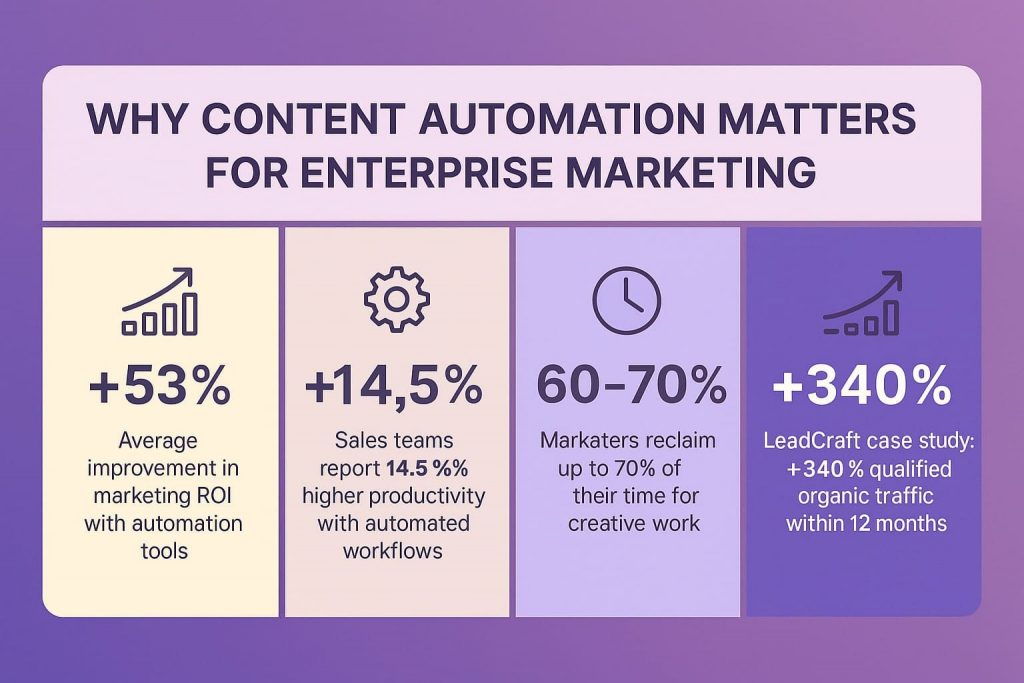
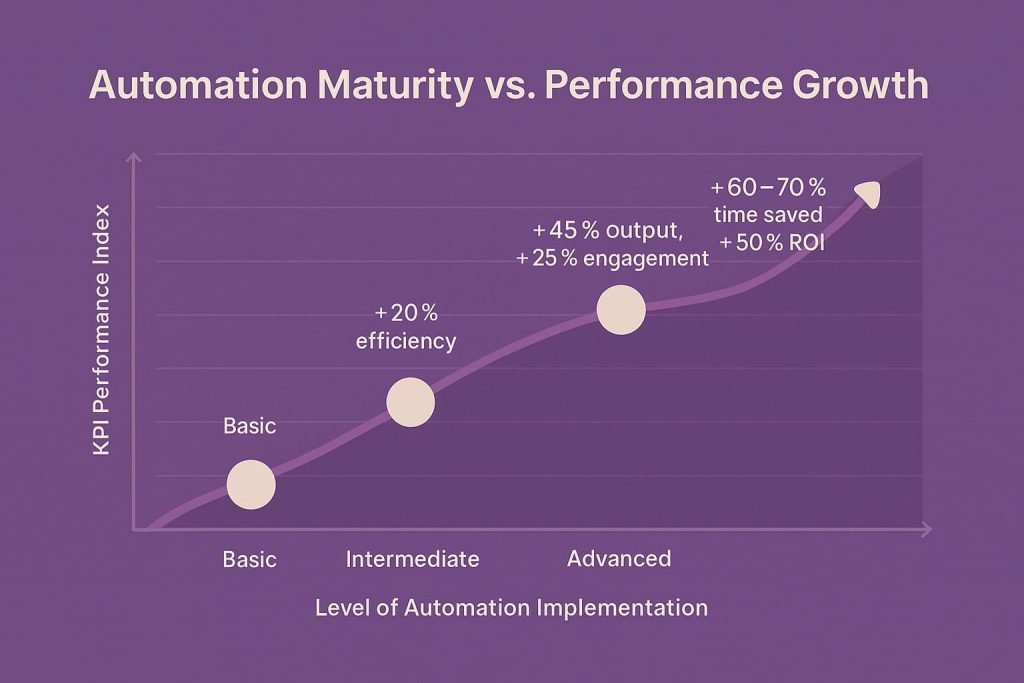
 Share
Share
 X
X
 LinkedIn
LinkedIn













